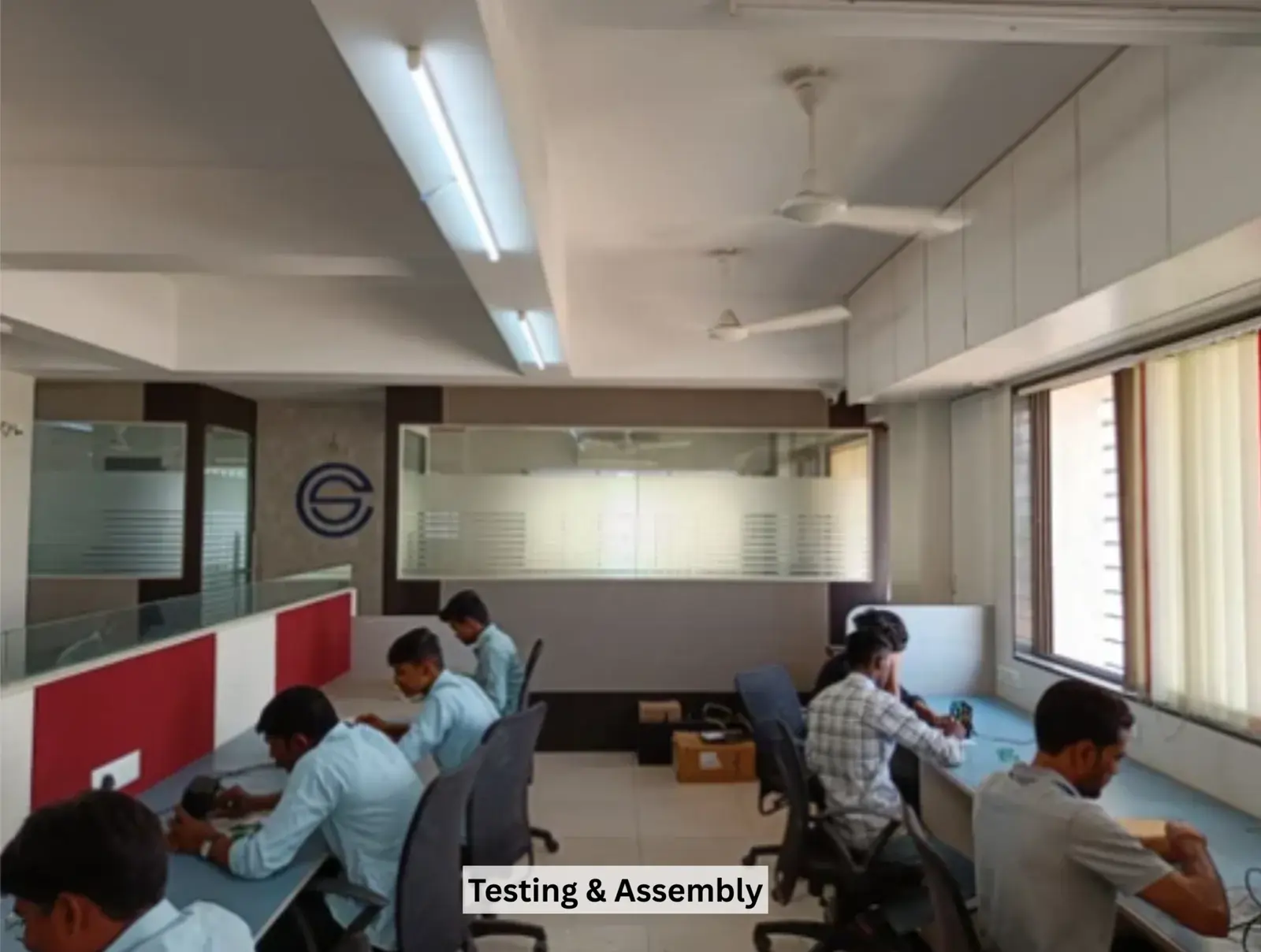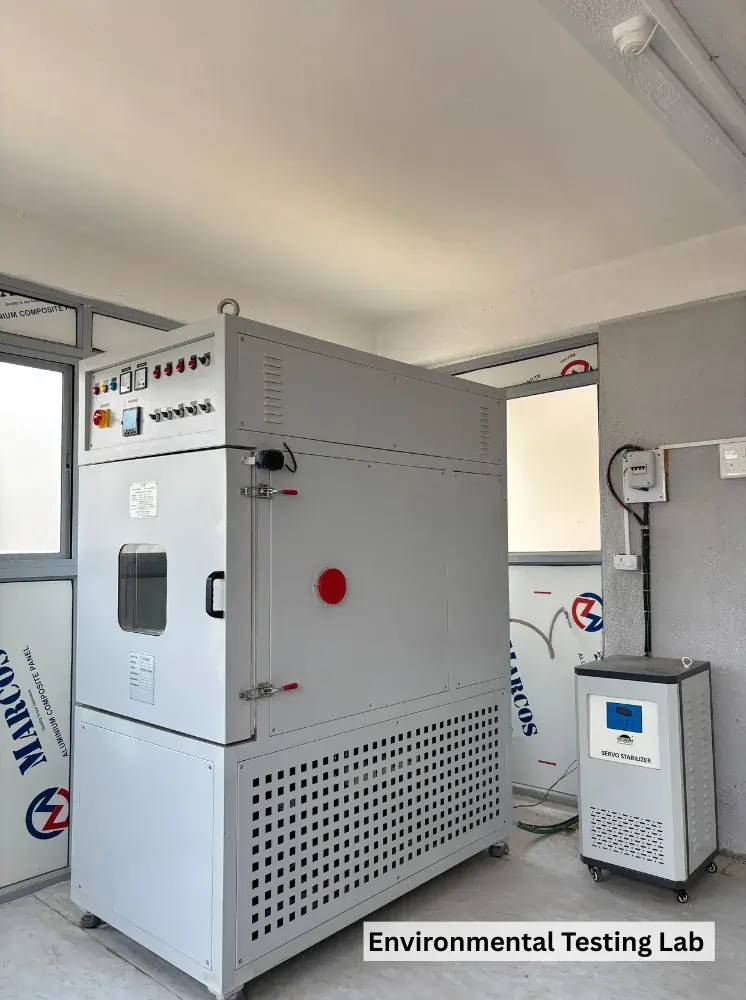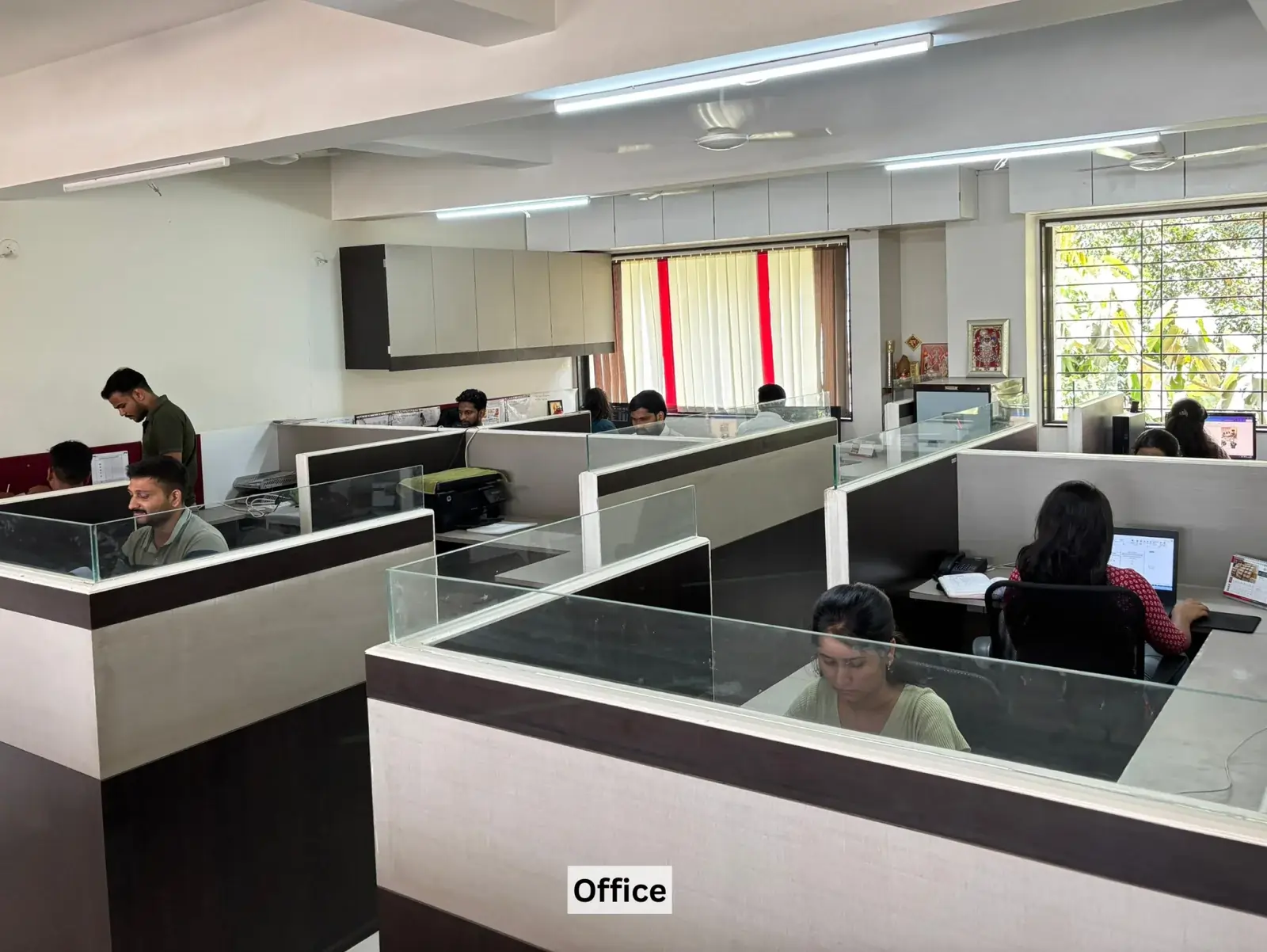Understanding the Basics of Remote I/O Modules
In the fast-evolving world of industrial automation, the need for efficient, scalable, and reliable control systems is more crucial than ever. One essential component that supports this need is the Remote I/O Modules. Whether you are operating a manufacturing plant, managing an energy facility, or running a smart building, remote I/O modules offer the flexibility and performance required to keep operations running smoothly.
As one of the top Remote I/O Manufacturers in India, Avyanna Tech is committed to delivering high-quality I/O modules designed to meet diverse industrial demands. This blog dives into the basics of remote I/O, their functionality, applications, and how choosing the right IO Module Manufacturer can impact your automation efficiency.
What is a Remote I/O Module?
A Remote I/O (Input/Output) Module is a device used in automation systems to gather input signals from sensors and transmit output signals to actuators from a remote location. It acts as an interface between field devices and a central controller (like a PLC or DCS), making it easier to control and monitor operations across various sections of an industrial setup.
Unlike traditional I/O systems where all signals must be wired back to a central panel, remote I/O modules allow for distributed control. This reduces wiring complexity, saves time, and increases scalability.
How Remote I/O Modules Work
Remote I/O modules typically communicate with the main controller using industrial communication protocols such as:
- Modbus RTU/TCP
- Profibus
- EtherCAT
- CANopen
- Ethernet/IP
These modules collect real-time data from the field and send it to the central controller via the chosen protocol. They also receive control commands from the controller and relay them to the respective field devices.
Depending on the application, I/O modules can be configured to support:
- Digital Inputs (DI) – For reading binary signals (ON/OFF)
- Digital Outputs (DO) – For controlling binary devices like relays or indicators
- Analog Inputs (AI) – For reading variable signals like temperature, pressure, or voltage
- Analog Outputs (AO) – For sending variable signals to control valves or actuators
Advantages of Using Remote I/O Modules
- Reduced Wiring and Installation Time
Placing I/O modules closer to the sensors and actuators reduces the amount of cabling needed, making installation easier and less expensive. - Scalability and Flexibility
Remote I/O systems are modular, allowing for easy expansion without major system overhauls. - Improved Diagnostics and Maintenance
Advanced remote I/O modules offer diagnostic features that make it easier to identify faults and perform maintenance without significant downtime. - Decentralized Control
Distributed architecture improves reliability by reducing dependence on a single centralized system.
Applications of Remote I/O Modules
Remote I/O modules are widely used in:
- Industrial Automation
Managing sensors and actuators across large production lines. - Building Automation
Monitoring HVAC, lighting, and security systems in large facilities. - Water and Wastewater Treatment
Real-time monitoring and control of pumps, valves, and flow meters. - Oil & Gas
Collecting data from remote wellheads and pipeline stations. - Renewable Energy
Controlling and monitoring solar plants and wind turbines.
Choosing the Right IO Module Manufacturer
The performance of your automation system depends heavily on the reliability of its components. Choosing a reputed IO Module Manufacturer ensures long-term stability and support for your control systems.
Why Choose Avyanna Tech?
Avyanna Tech is among the leading remote I/O manufacturers in India, known for providing:
- High-performance remote I/O modules designed for harsh industrial environments
- Support for multiple communication protocols, ensuring compatibility with most controllers and systems
- Customizable solutions tailored to your specific automation needs
- Rigorous quality testing and certification to meet global industry standards
Our remote I/O modules are built to last, with features like short-circuit protection, signal isolation, wide operating temperature ranges, and DIN-rail mounting for easy installation.
Future Trends in Remote I/O Systems
With the rise of Industry 4.0 and the Industrial Internet of Things (IIoT), remote I/O modules are evolving to become smarter and more connected. Key trends include:
- Cloud Integration – Enabling remote monitoring and control via cloud platforms.
- Edge Processing – Some modules now include processing power to handle local data before sending it to the central system.
- Cybersecurity Enhancements – Secure communication protocols and device authentication to protect against cyber threats.
Avyanna Tech is continuously innovating to stay ahead of these trends, helping industries modernize their operations with next-gen automation technology.
Conclusion
Understanding how Remote I/O Modules work and how they fit into your automation architecture is essential for building efficient, scalable, and cost-effective control systems. By partnering with a trusted IO Module Manufacturer like Avyanna Tech, you gain access to reliable solutions that deliver performance and peace of mind.
Whether you’re upgrading an existing system or designing a new one, explore our wide range of remote I/O solutions and take your automation to the next level.






[email protected]